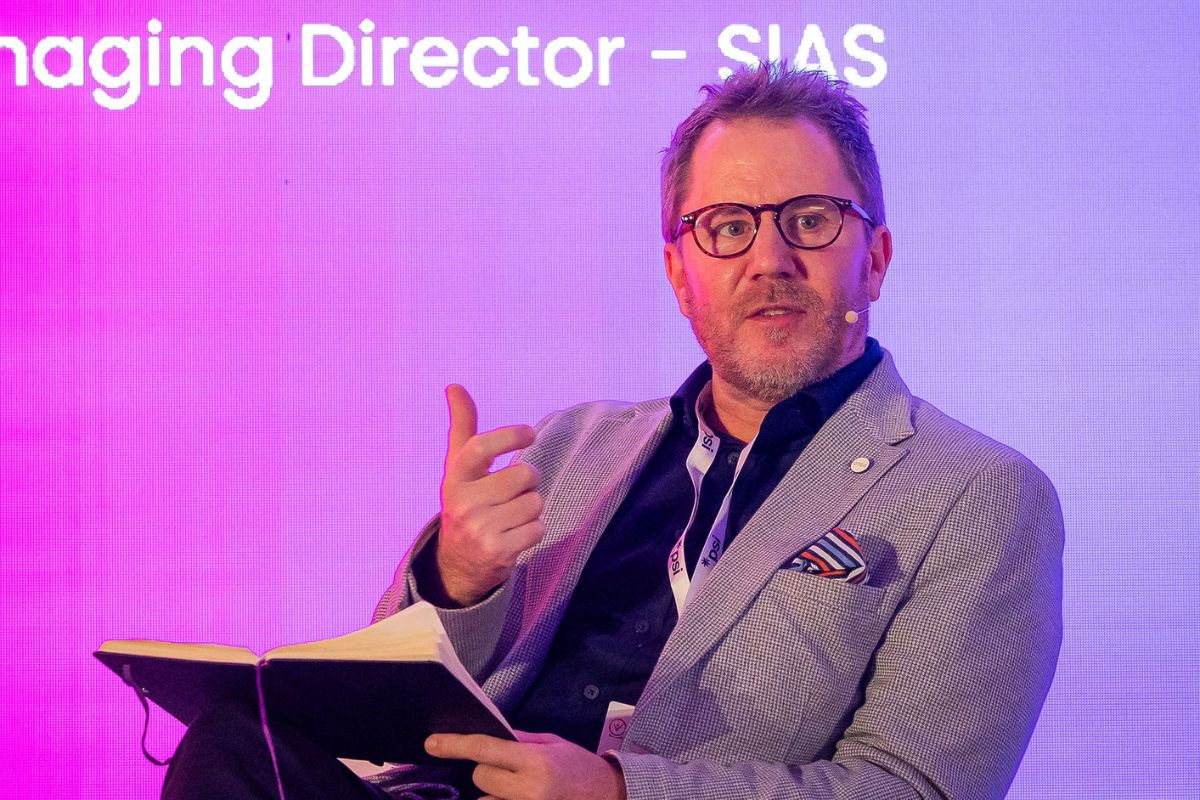Why STEM education is key for a sustainable future

STEM represents a path on how we can harness the talent of the next generation of learners to become the future leaders capable of joining the green tech sector.
There is an urgent need to transition to a low-carbon economy to ensure sustainable growth. While it has already begun, more students must enter the workforce to be part of the green tech sector for this transition to succeed. Currently, there are over 400,000 jobs to be filled in low-carbon businesses in the UK in order to hit the net zero target. But how does education in science, technology, engineering, and maths fill that gap?
In today’s world, STEM often signifies a scientific approach to challenging the world’s technical and physical problems, especially concerning natural resources. However, a science, technology, engineering and maths education also represents a strategy for harnessing students to become citizens and scientists capable of joining the green tech sector. This next generation is emerging as active leaders wanting to solve some of the world’s most critical issues, specifically linked to sustainability. These students are future scientists, engineers, and programmers and, as such, require support in helping them achieve success.
STEM goes beyond science, technology, engineering, and maths education; it is an opportunity for students to take risks whilst expanding the reasoning skills needed to achieve sustainable results. However, to accomplish these goals, we need to bolster the next generation with the courage, confidence, and creativity to think of new ideas to solve challenging concerns. The question is no longer why we must emphasise STEM in education, but how can people other than educators continue harnessing the next generation of talent?
Why this investment needs to be done now for STEM education
Recently, there has been a breakthrough in nuclear fusion – this is the first breakthrough we have seen in nearly 70 years for this low-emission source of energy. This achievement demonstrates that scientific progress is on the right path. However, more work still needs to be done to achieve renewable energy to power our everyday lives. This breakthrough coincides with the skills gap the UK is currently experiencing in the scientific and tech sector, with a recent report from the Commission for Employment & Skills showing that 43% of science, technology, engineering and maths vacancies are hard to fill.
Whilst the UK government has recently announced £490 million in funding for universities and colleges to help deliver better STEM education, corporations also need to play a role in providing resources to students and teachers. The current and next generation’s students hold the talent that will be the key to finding answers to world challenges. As such, industrial players, alongside policymakers, must provide the support needed for students to have access to high-quality training environments in vital subjects. Doing so will enable more students to enter the sustainable workforce for a green economic transition.
Corporations, particularly those involved in sustainability, must play a role in the investment in STEM education to boost higher levels of productivity and innovation within their workforce. STEM education needs “all hands-on deck”, and like much of the change that occurs throughout history, businesses need to be at the forefront of driving the systemic change required. This includes providing actual problems that students can work on both in the real and virtual worlds (e.g. developing a prototype and simulating its use and then manufacturing it on the shop floor), and professionals coming to share their knowledge and perspective in the classroom and amphitheatre.
For example, in 2016, Dassault Systèmes was one of the French manufacturers to support the creation of CampusFab, a training facility near Paris created by a consortium of French manufacturers, apprenticeship training centers and professional organisations. CampusFab’s objective is to facilitate and enable the digital transformation of industry in France to boost competitiveness within the sector and support skills development for its actors, particularly the next generation of talent.
Providing students with the chance to work closely with technology that involves virtual twin, 3D printing, and digital manufacturing has facilitated students to understand the future of tomorrow. Dassault Systèmes also partnered with the National Institute for Aviation Research at Wichita University in the US to create the first 3DEXPERIENCE Centre as part of its newly created Innovation Campus.
The initiative focuses on applied learning, where students can transition back and forth between the academic world and industry to work on real-world aviation projects while in school. This will help prepare engineers of the future by familiarizing students with emerging technologies that employers will use. Ultimately, to ensure a growing economy that can support a green transition, corporations must create and facilitate initiatives to support students with resources they otherwise would not have.
Why not just educators
For so long, we have placed the responsibility of teaching STEM solely on educators. While those in academia must always play a crucial role in STEM education, corporations must similarly be engaged to upskill the next generation of talent through grassroots campaigning. Young adults must be aware of the needed skills, capabilities and knowledge beyond a classroom setting. Businesses involved in STEM need to set forth solutions that will foster students’ confidence to regularly showcase their science and technology knowledge in an everyday setting.
One such example is the work we are doing at Dassault Systèmes. Currently, we are inviting students to take part in finding solutions to tackle climate change using our 3DEXPERIENCE platform. We believe these opportunities to showcase creativity through competitions allow young learners to exhibit teamwork, practice their STEM proficiency and comprehend, in greater detail, what is needed to create a business case for sustainable technology.
Project-based learning allows students to have a hands-on approach during their studies, giving them a chance to learn by practising rather than only absorbing knowledge in traditional classroom settings. Internships, STEM competitions, and inviting those involved in STEM to discover corporate environments are vital strategies to help close the gap between industry and academia.
Ultimately, a mixture of financing and grassroots campaigns are needed for STEM education to succeed beyond a classroom setting. We are at a critical point in time, with the dangers of climate change continuing to accelerate, but we are also at a moment where we can come up with solutions to these growing challenges.
Our hope relies on how the next generation can find the answers to the challenges we created, and stronger STEM, including virtual technology, will be transformative for tomorrow.
By Severine Trouillet, Public Services and Education, Senior Director, EuroNorth at Dassault Systèmes











Responses